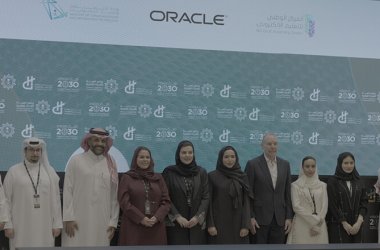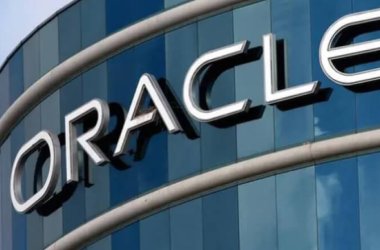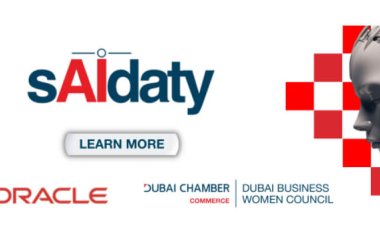 Oracle has quietly made its Fusion Applications generally available, albeit with a caveat, but it seems that any serious fanfare over the long-awaited software may be reserved until the company’s annual OpenWorld conference in October.
Oracle has quietly made its Fusion Applications generally available, albeit with a caveat, but it seems that any serious fanfare over the long-awaited software may be reserved until the company’s annual OpenWorld conference in October.
“All Fusion Apps are GA but under controlled availability,” said Chris Leone, group VP of Oracle Fusion Application Development, in a statement. “We review the project to make sure that the fit is right and the customer will be successful. It is a standard Oracle program.”
About 70 Fusion Applications-related sessions were listed on the OpenWorld schedule as of Wednesday. They are largely focused on specific information about how to implement Fusion Applications, how to make them work with existing software, and real-world stories from early customers, versus the more general previews and planning guidance Oracle has delivered in the past.
Speculation about the long-delayed software’s release date has gone on for years. Fusion Applications are the result of a towering engineering effort that has combined the best attributes of Oracle’s various business software lines into a next-generation suite, replete with “pervasive” BI (business intelligence), according to the company.
Oracle posted a price list for Fusion Applications to its Website recently. However, the list did not address pricing for versions of Fusion sold as SaaS (software-as-a-service), which is also expected to be a deployment option.
While all Fusion Applications price lists have been completed, it’s not clear when the remaining ones will be publicly posted, according to Leone. It should be possible, however, for customers to make an educated guess now on Fusion SaaS pricing.
Most of the time, vendors that have traditionally sold on-premises software figure out SaaS subscription pricing based on the total cost a customer would spend on maintenance, licenses and doing upgrades over a five- to seven-year time period, said analyst Ray Wang, CEO of Constellation Research.
In contrast, pure SaaS vendors just pick a price per user per month, charging less for “bite-sized” applications and more for full suites, he added. “It’s more of an art than a science for the cloud vendors. It’s more of a science than an art for on-premises vendors, who have investors worried about revenue drops.”
Overall, Oracle has significantly downplayed Fusion Applications in its public statements of late, with much of CEO Larry Ellison’s focus placed on pushing the company’s integrated data-processing and application server machines, Exadata and Exalogic.
This makes sense, according to Wang.
“Oracle’s top priority from a sales point of view is to get Exadata and hardware sold,” he said. “Fusion Apps are taking a second seat until they have developed a strong customer reference program.”
“They want to prove customer acceptance in as many use cases as they can,” Wang added. “It’s unusual for Oracle to be this quiet, but it’s a good thing.”





